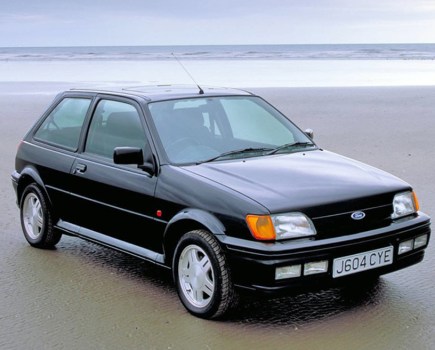In the summer of 1972 a pleasant contrast to being cooped up behind a bank counter all week came up when a girl I worked with blagged me a Saturday job in a boatyard.
She was engaged to the proprietor’s son and they needed someone to look after the office on turnaround day, when hirers were either taking over or returning their boats – plus any other odd jobs they could safely give this landlubber, whose navigational experience was confined to a Blackpool park rowing boat and the cafeterias of cross-Channel ferries.
As banking had equipped me to handle money and make small talk, things went well most of the time. When they didn’t, I was the front line for complaints. “Looks noothin’ like that in t’brochure, doos it, Jim?”, they might say, on being shown to their boat. “News of the World’s gonna hear about this.” The offending vessel was usually one of the four-berth wooden cruisers. Quite nice old things really, but they’d seen better days, having been built in about 1933, re-engined since with vibrating Perkins engines (or ‘Perkies’, as the mechanics called them) and repainted for a brochure picture taken I around 1961 – hence the deceptive image.
Then there was a pair of little two-berthers with feeble two-stroke engines. Punter elation soon evaporated when, with the wind against them, they just stood still in mid-channel, virtually powerless to move forward. Flagships of the fleet in contrast were the Caribbeans – modern six-berth, glassfibre affairs. These rarely went wrong, although the optional extra black-and-white tellies relied on car batteries. When one these went flat on a boat moored in the middle of nowhere, I could only reach it with a replacement by plodding across a potato field. Carrying the old battery back across the furrows, I discovered it had been leaking enough to transform my tee-shirt into a string vest.
Despite all this boating stuff there was plenty of involvement with cars. There were the hirers’ vehicles to put away after the owners had set off for the week, involving the deft shoe-horning of Vivas, Avengers, Marinas, 1100s and Cortinas into a large shed. Certain cars stood out in the memory, such as a MkX Jaguar with a tapping small end, and a piebald Minor 1000 with Van Gogh-like daubs of black underseal applied top-to-bottom to each front wing where it met the A-pillar. A young boat mechanic got a bit carried away once and gave a customer’s Rover 3500 a wheel-spinning workout around the yard before garaging it, the V8 bellowing away to cheers from his mates among the dust storm.
Office duties done, there were errands to the sail-makers, a ten-mile run usually undertaken in the firm’s 1969 Austin A60 pick-up, in which I had great fun bowling along country lanes, stirring the wonderfully clunky four-speed column-change and enjoying the view over the front wings with their neat little sidelamp pods. When this wasn’t available I either borrowed a mechanic’s blue-and-white Ford Classic – a heap with disintegrating sidelamp/flasher housings and diabolical wheel tremors above 40mph – or used my own 1956 Vauxhall Cresta, whereupon the lads, if the boss wasn’t around, would brim my tank with ridiculous generosity from the yard pump, leaving me enough 92-octane after the 30-mile round trip for a week’s commuting.
The proprietor and his wife owned ‘his’ and ‘hers’ Daimlers; a 1968 Sovereign (the pre-XJ, Jaguar 420 type) and a 1969 V8 250, which I was responsible for cleaning. The Sovereign was a real magic-carpet job in which I occasionally took the boat-cleaners back to Norwich. These special-needs ladies enjoyed their job so much they had to be almost dragged off the boats to go home. In my first such drive in the Sovereign, I set off with that inexplicable grin that comes only with piloting a satisfying motor car. It murmured away remotely through its Borg Warner 35 auto ’box, transporting me to the land of Waft and all the usual clichés you summon up in situations like this. Then suddenly, a casual glance at the fuel gauge jerked me out of the dream. The needle was on empty.
Spooked by visions of grinding irresponsibly to a halt out in the sticks with a carload of vulnerable people, I pulled into the nearest lay-by with a false-cheery “just stopping to check something”. Yes, that was it. Words I must have read in the Sovereign brochure I’d half-inched years before from Mann Egerton’s showroom came drifting back: ‘Two separate tanks, one in each rear wing … controlled by a change-over switch on the instrument panel’. Eureka! To my profound relief, the fuel gauge crept up as the other tank kicked in, and we carried on our way. A little luckier than when the only functioning fuel pump (there were supposed to be two) packed up in my Rover P4 on London’s North Circular. But you can’t win ’em all.



